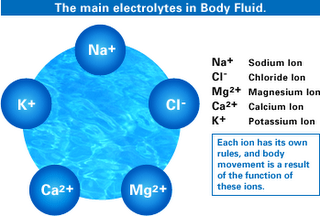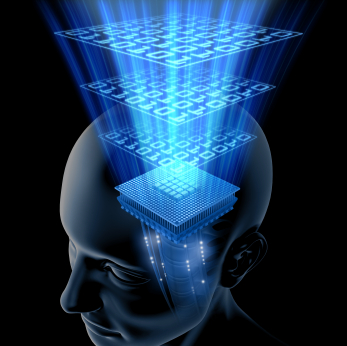Spinal Misalignment

A subluxation is a slight misalignment of a joint, particularly of the joints of the spine. If you look at a model of the spine, you can see that there are 24 movable segments or vertebrae and that these vertebrae are separated by cartilaginous pads called discs. Between each two vertebra, there is an opening so that the nerve from the spinal cord may pass through. These nerves then travel to send messages to all of the organs, glands and tissues of the body.
If the joints of the spine become misaligned, an interference to the nerve at the level of the misalignment may occur. Since the nerves are the main communication lines in the body, if a nerve is interfered with, whatever that nerve goes to will receive the wrong messages. If it does not receive the correct messages, it does not do the right things. In other words, it malfunctions. This applies to any organ or tissue in the body. For example, if there is a subluxation affecting the nerves to the liver, then the liver will malfunction, etc.
Correcting subluxations is what chiropractors do. By correcting the misalignment of the spine and removing the interference to the nerve, the organs or tissues now receive the correct communication and normal function can resume.
An initial subluxation is caused by an injury. The job of the ligaments of the spine is to hold the bones in the correct position. Consequently, if the spine is not held in the correct position, the ligaments had to have been injured. Though ligaments do heal, the process is slow and the ligaments never seem to be quite as strong as they were originally. In the case of chronic or long term subluxation, the vertebra never seem to stay in place long enough for the ligaments to ever have a chance to heal. When the ligaments of the spine are weak or damaged, it falls to the muscles to hold the spine in place. Though exercise is helpful, the main muscles that hold the spine in correct segmental alignment are involuntary postural muscles regulated by the nervous system.
If the overall body energy is low or the body is run down, this will affect the muscle tone of the postural muscles of the spine and make it difficult for the spine to stay in proper alignment. This includes such things as blood sugar problems, thyroid or adrenal problems and heart problems. Lack of sleep or rest or too long between meals affects this also.
If an organ is sick and malfunctioning, if it has been poisoned or has an infection for instance, this can cause feedback along the nerve to the muscles of the spine at the level of the nerve. This can cause the muscles to tighten and it can pull the spine out of place. You could compare it to “blowing” a circuit breaker where the organ with a malfunction has a short and the spine is the circuit breaker or fuse box. The spine will not stay in proper alignment until the problem organ is fixed.
A stomach or pancreas malfunction can cause mid back pain and subluxation, the heart may cause base of the neck and tight shoulder problems, the uterus can cause low back, the thyroid the neck, and so on.
Of course, bad arches and bad shoes can affect the spine, as can bad mattresses and physical insult from repetitive “unnatural” work.
In general, the goal is to locate and correct the subluxation and the associated nerve interference and just as importantly to handle the reason behind the instability so that the spine stays corrected.











